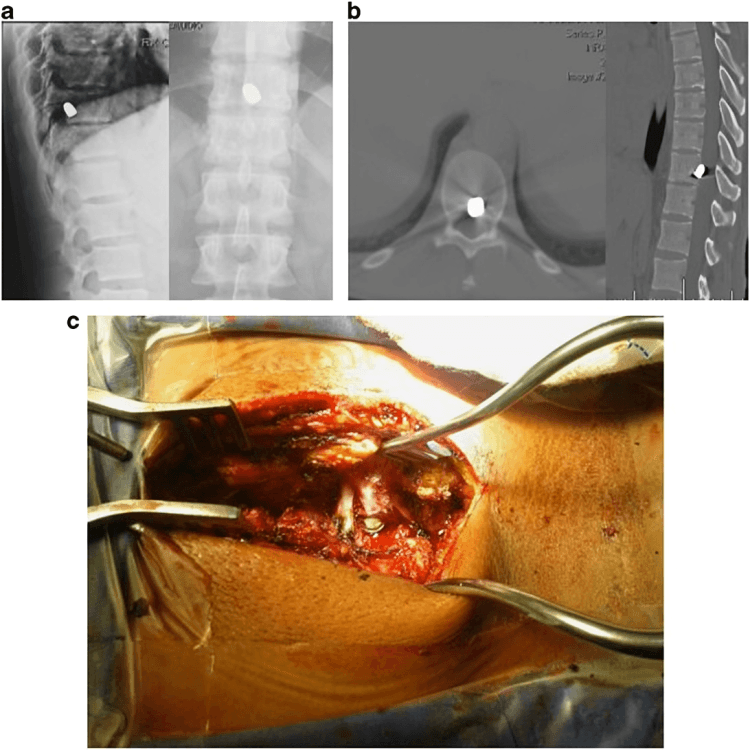
“
Spinal Cord Injuries: Causes and Treatments are vital to understand due to the life-altering impact these injuries can have on the body. The spinal cord acts as the communication highway between the brain and the rest of the body, and any damage can result in partial or complete loss of movement, sensation, or control of bodily functions. 1
1
”
The most common cause of spinal cord injuries worldwide is vehicle accidents, where sudden, forceful trauma causes vertebrae to compress or fracture, damaging the delicate cord within the spine. 1
Falls from significant heights, especially in the elderly, often lead to spinal cord injuries, typically affecting the cervical and thoracic regions due to weakened bones and reduced balance with aging. 2

Violent acts such as gunshot wounds or stab injuries can directly sever or compress the spinal cord, creating severe neurological impairment, often resulting in immediate paralysis below the injury point.
Sports-related accidents, particularly in high-impact sports like rugby, diving, and football, can cause vertebral fractures that compromise the spinal cord and may require urgent surgical intervention. 3
Non-traumatic causes such as tumors, infections like meningitis, and autoimmune diseases like multiple sclerosis can also impair spinal cord function gradually or suddenly, depending on progression. 4
A spinal cord injury's severity is classified as "complete" when there is total loss of motor and sensory function below the injury site and "incomplete" when some function remains. 5
Quadriplegia, or tetraplegia, occurs when an injury affects the cervical region of the spinal cord, leading to paralysis of all four limbs and often loss of respiratory function requiring mechanical assistance. 6
Paraplegia results from injuries to the thoracic, lumbar, or sacral spinal regions and affects the lower body, typically sparing the arms but impairing mobility, bladder, bowel, and sometimes sexual function. 7
Magnetic Resonance Imaging (MRI) is the most accurate method for evaluating soft tissue damage around the spinal cord, helping detect swelling or compression that might worsen outcomes. 8

Methylprednisolone, a corticosteroid, was previously used in high doses within hours of injury to reduce spinal inflammation, though its use has become more selective due to potential complications.
Surgical stabilization, involving rods, screws, or plates, helps align the spine, remove bone fragments, or relieve pressure on the cord to prevent further neurological damage after severe trauma. 9
Neuroplasticity allows some injured patients to regain partial function through intensive rehabilitation, where undamaged areas of the brain and spinal cord adapt to take over lost functions. 10
Spinal cord stimulation, a treatment involving implanted devices that send electrical impulses, may restore some voluntary movement or reduce chronic pain in individuals with incomplete spinal injuries. 11
Stem cell therapies are under research as potential treatments, aiming to regenerate damaged spinal cord tissue and promote new nerve connections, though results are still largely in clinical stages. 12
Physical therapy plays a critical role in recovery, improving muscle strength, coordination, and mobility in patients with incomplete spinal cord injuries through tailored exercises and consistent training. 13

Occupational therapy helps spinal cord injury patients relearn daily tasks, from dressing to driving, by modifying tools and environments, boosting independence, and improving quality of life after injury.
Advances in exoskeleton technology allow some patients to walk again with robotic assistance, using wearable frames that support and move the legs based on brain or hand controls. 14
Spasticity, or uncontrollable muscle stiffness, can occur after spinal cord injury and is managed using muscle relaxants, Botox injections, or physical therapy to improve function and reduce pain. 15
Researchers are exploring gene therapies to repair or protect spinal neurons, hoping to alter cellular behavior, though these treatments remain experimental and are not yet widely available.16
French philosopher René Descartes famously explored how the brain and spinal cord relate to bodily function, inspiring centuries of neurological study linking consciousness to central nervous system integrity. 17


